
Though they are at opposite ends of the temperature spectrum, saunas and cold therapy plunges both offer significant recovery benefits. For example, saunas can help to relieve stress, improve cardiovascular health, and cleanse the skin by inducing sweating.
On the other hand, cold plunges can boost circulation, reduce muscle inflammation, and enhance mental clarity by rapidly cooling the body.
If you’re looking to learn about the ins and outs of a sauna cold plunge routine for optimal recovery, you’ve come to the right place.
We’ll explore the science behind these benefits, as well as the precautions you should take before exposing yourself to this kind of contrast therapy.
Whether you’re a seasoned sauna-goer or a complete beginner, there’s something here for everyone.
Understanding Sauna and Cold Plunge
A sauna and a cold plunge are two distinct wellness practices that, when used together, can provide a host of health benefits.
A sauna is a small room or building designed to reach high temperatures, typically between 70°C (158°F) and 100°C (212°F). The heat in a sauna can be dry or wet, depending on whether water is poured on the heating elements to create steam.
Saunas are traditionally made of wood, which absorbs the moisture and provides a dry heat. In a hot sauna session, you sit or lie down and allow your body to warm up, which promotes sweating.
Here are two examples of highly popular hot saunas from Select Saunas.
| Almost Heaven Pinnacle 4-Person Barrel Sauna | Almost Heaven Vienna 2-Person Barrel Sauna |
 |
 |
These look alluring, don’t they?
Hot sauna sessions help to open up the pores, cleanse the skin, and stimulate blood circulation. The practice has been used for thousands of years to promote relaxation, detoxification, and overall wellness.
|
DID YOU KNOW? Spending 15 minutes in a sauna after working out at least three times a week can help improve blood pressure. It’s one of the best ways to naturally improve physical and mental health. |
What Is Cold Therapy?
A cold plunge is a bath of cold water, typically kept at a temperature below 20°C (68°F). The idea is to immerse yourself in the cold water immediately after a sauna session.
This sudden change from body temperature to cold temperatures causes your blood vessels to constrict, which can help to reduce inflammation, boost your immune system, and stimulate your nervous system.
The combination of a sauna and then a cold plunge is often referred to as “contrast therapy,” “hot-cold therapy,” or a Nordic cycle. The process involves alternating between the heat of the sauna and the chill of cold plunges.
The combined benefits of a hot sauna and ice baths help to improve blood flow, aid muscle recovery, and enhance overall well-being.
While a sauna cold plunge cycle might sound intense, many people find the process invigorating and refreshing. It’s like giving your body a mini workout without the sweat and strain of physical exercise.
Plus, alternating heat and cold exposure is a great way to relax and unwind, making it a popular choice for spa days and wellness retreats.
The Science Behind Sauna and Cold Plunge
When we talk about the science behind the sauna and subsequent cold plunge recovery method, it’s all about the body’s response to extreme temperatures.
First, let’s talk about what happens when you step into a sauna.
The heat from the sauna causes your body temperature to rise, which in turn triggers these physiological responses:
- Heart rate increases
- Blood vessels dilate and increase blood flow to the skin
- Sweat glands start working overtime to cool you down
This process, known as thermoregulation, is a bit like a workout for your cardiovascular system. It’s also thought to help flush out toxins and improve circulation.
Then, when you immerse yourself in the cold water after a sauna session, your body reacts in the opposite way:
- Blood vessels constrict
- Heart rate slows
- The body attempts to preserve heat
This sudden change in temperature, known as cold shock, can help reduce inflammation, boost your immune system, and stimulate the production of endorphins, the body’s natural painkillers.
Since cold therapy and sauna sessions have opposite effects on the body, they’re a proper workout for your immune system. Hot and cold temperatures have many physical and physiological benefits as the body works hard to maintain a constant internal body temperature.
|
PRO TIP: Add breathing exercises to your sauna and ice bath routine. The right breathing technique can help your body adjust to the cold. Taking slow, deep breaths will help scale down the initial shock response, as described in the Wim Hof method. |
Be Safe When Starting Heat and Cold Exposure Therapy
Contrast therapy gives your body a thermal workout and can help improve its ability to regulate its temperature, boost your circulation, and speed up recovery.
However, everyone’s body reacts differently to heat and cold. Listen to your body and adjust your sauna and cold plunge routine accordingly. If you’re just starting out, try cold showers before graduating to ice baths.
If you have existing health concerns, consult with a healthcare professional before starting this new wellness routine. Cold plunging can cause thermal shock, which is when the body rapidly tries to adjust core body temperature in response to rapid changes.
Thermal shock can happen in the Nordic cycle, which may be risky for individuals with heart conditions or respiratory issues.
Similarly, the intense heat of a sauna can elevate heart rate and blood pressure, potentially complicating pre-existing conditions. It's important to approach this routine with caution and seek professional advice to ensure it's safe based on your personal health profile.

Benefits of Sauna and Cold Plunges
The benefits of using this particular routine can have a positive impact on your overall health and well-being. Here are some of the key benefits you can expect:
Improved Circulation
The heat from the sauna expands your blood vessels, improving circulation throughout your body. More blood flow helps deliver more oxygen and nutrients to your muscles and organs, promoting healing and recovery.
Sauna use can even help with blood pressure regulation and cholesterol reduction.
Enhanced Detoxification
Sweating in a sauna can help your body eliminate toxins. This process is further enhanced when you follow a sauna session with a cold plunge, which helps flush out these toxins. It also improves skin health by hydrating the skin.
Boosted Immune System
The heat from the sauna can stimulate the production of white blood cells, which play a crucial role in your body’s immune response. The cold plunge can also boost your immune system by activating your body’s natural healing mechanisms.
Reduced Stress and Improved Mood
The heat from the sauna can help to release endorphins, the body’s natural “feel-good” chemicals. The cold water of an ice bath can also help to reduce stress and improve mood by stimulating the production of norepinephrine, a hormone that plays a role in mood regulation.
Better Sleep
Regular sauna and ice bath sessions can help regulate your body’s internal clock and improve the quality of your sleep. This is particularly beneficial for those who suffer from insomnia or other sleep disorders.
Increased Metabolism
The heat from the sauna can increase your heart rate, similar to the effect of a cardio workout. This can help boost your metabolism and potentially aid in weight loss, especially since it activates brown fat metabolism.
Similarly, the cold exposure from an ice bath prompts the body to work harder to maintain its core temperature, which in turn can lead to an increase in metabolic rate. This process, known as thermogenesis, involves burning more calories to generate heat.
Frequency of Use for Optimal Recovery
Determining the frequency of sauna use and cold plunging for optimal recovery can be tricky as it largely depends on individual factors such as your health status, fitness level, and personal comfort.
However, I can provide some general guidelines to help you get started.
If you’re new to this, it’s best to start slow. Begin with one contrast therapy session per week and see how your body responds. Pay attention to how you feel during and after each session. If you feel good and are recovering well, you can gradually increase the frequency.
For regular users, a good rule of thumb is to aim for 2-3 sessions per week. This frequency seems to strike a good balance between obtaining the benefits and avoiding overdoing it. The goal is to aid recovery, not to add extra stress to your body.
However, it’s important to note that more is not always better. Using a sauna and cold plunge too often, especially without proper hydration and rest, can potentially lead to dehydration and other health issues. Always listen to your body and adjust your routine accordingly.
Always consult with a healthcare professional if you have any concerns or if you’re planning to make significant changes to your routine.

Ideal Conditions for Sauna and Cold Plunge
When it comes to the ideal temperature, it’s important to remember that everyone’s comfort level and tolerance can vary.
Let’s start with the ideal temperature. Here’s a quick reference table to help you decide:
|
Sauna Temperature |
Cold Plunge Temperature |
|
150°F - 195°F |
50°F - 60°F |
|
65°C - 90°C |
10°C - 15°C |
The high heat in a traditional sauna is what allows your body to sweat and release toxins. If you’re new to saunas, you might want to start at the lower end of the temperature range and gradually increase the temperature as you become more comfortable.
On the other hand, the temperature for a cold plunge is quite different.
Cold plunge pools are usually kept at a temperature between 50°F and 60°F (10°C and 15°C). This drastic change in temperature from the sauna is what stimulates your body’s circulation and aids in recovery.
If you’re new to cold plunges, you might want to start at the higher end of this range, perhaps with a cold shower, and gradually decrease the temperature as you become more accustomed to the sensation.
Length of Stay in the Sauna and Cold Plunge
When it comes to the question of how long one should stay in the sauna and the cold plunge cycle, there’s no one-size-fits-all answer. It can vary greatly depending on your personal comfort level, experience, and health status.
You can use this table as a guide:
|
Experience Level |
Sauna Duration |
Cold Plunge Duration |
|
Beginner |
10-15 minutes |
30 seconds - 1 minute |
|
Intermediate |
15-20 minutes |
1-2 minutes |
|
Advanced |
20-30 minutes |
2-3 minutes |
For the sauna, the rule of starting slowly still applies. As your body gets used to the heat, you can gradually increase this time. If you start to feel dizzy or uncomfortable, it’s time to step out, regardless of how long you’ve been in there.
As for the cold plunge, the time spent is typically much shorter. The shock of the cold can be intense, and it’s important not to push yourself too far.
Conclusion
Now that we’ve taken a deep dive into the world of sauna and cold plunge, it’s easy to see that while this practice can offer significant physical and mental benefits, it’s essential to use it correctly and safely.
Whether you’re a seasoned athlete or just someone looking to enhance your wellness routine, understanding the ins and outs of this practice can help you make the most of this powerful recovery tool.
Remember, everyone’s body is different, so listen to yours and adjust your routine as needed. If you’re looking to get started with hot saunas and ice baths, the team of sauna experts here at Select Saunas is ready to help you.
Talk to us now and let our friendly team guide you through the selection process for different types of saunas.
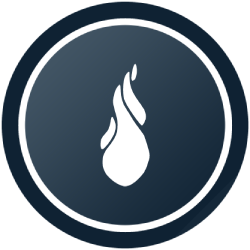


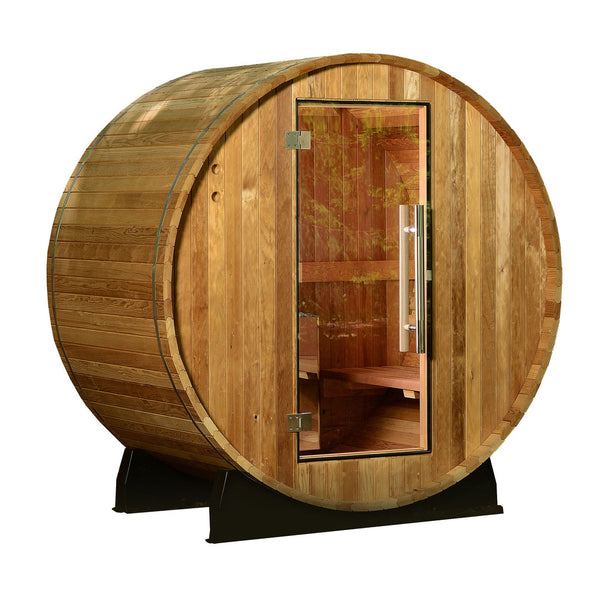
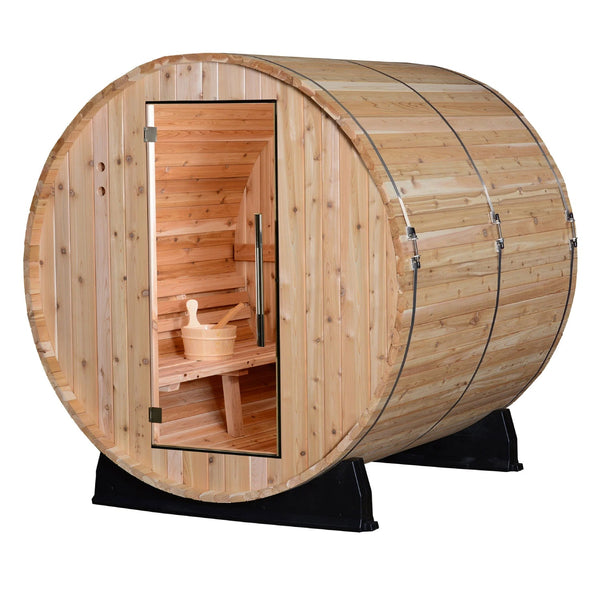
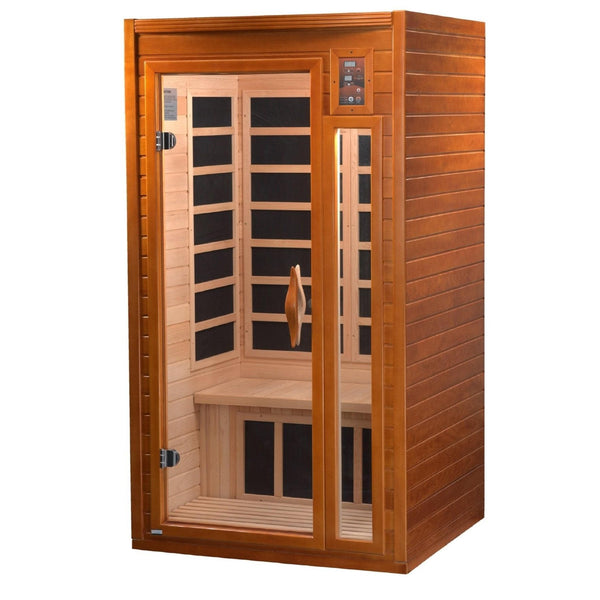
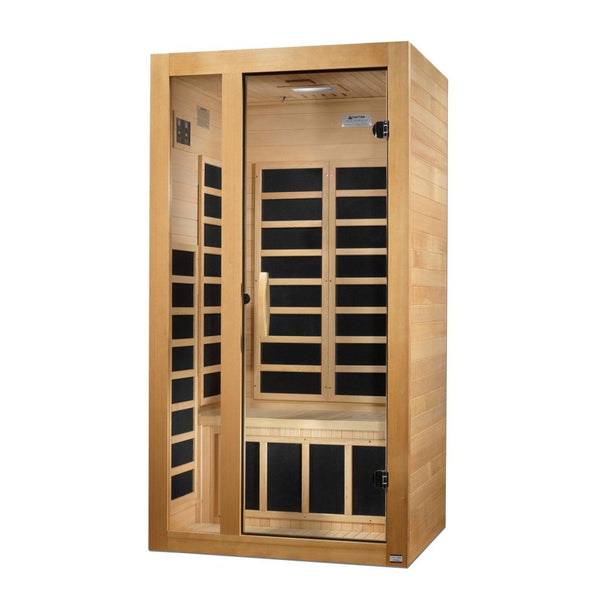
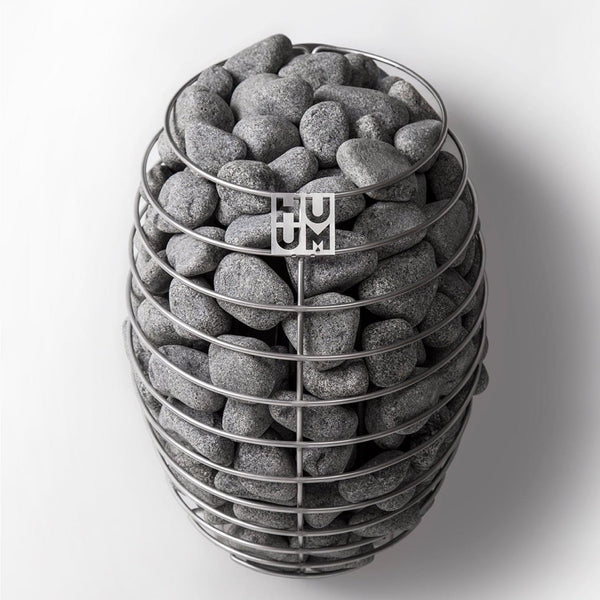
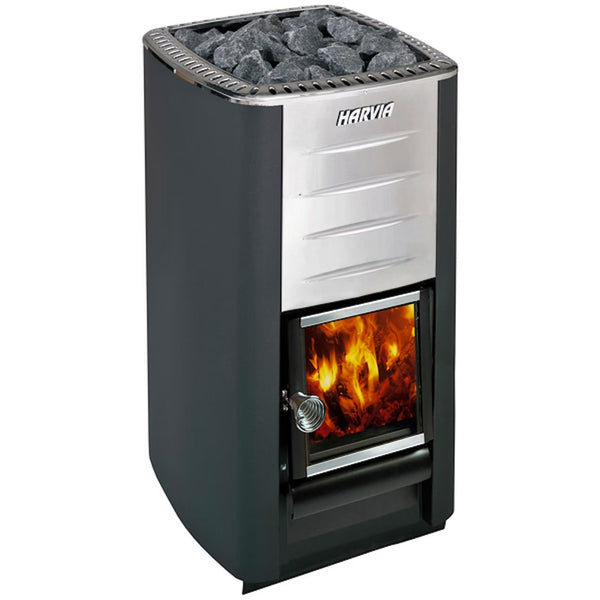
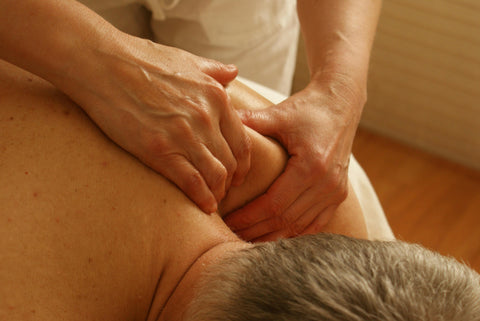
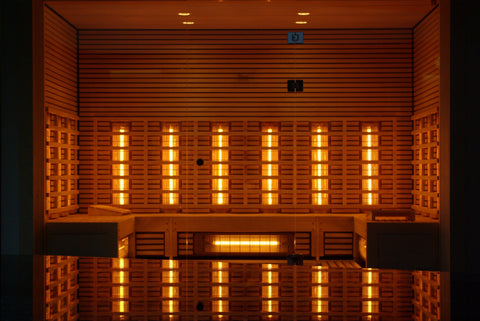
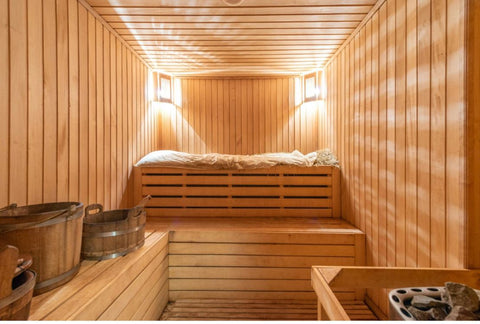
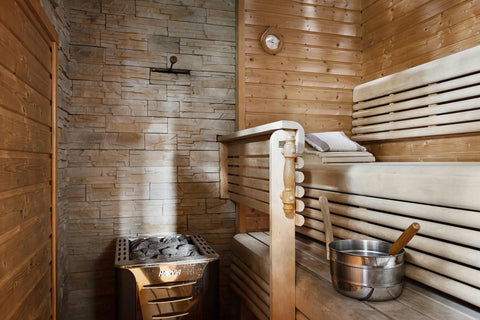
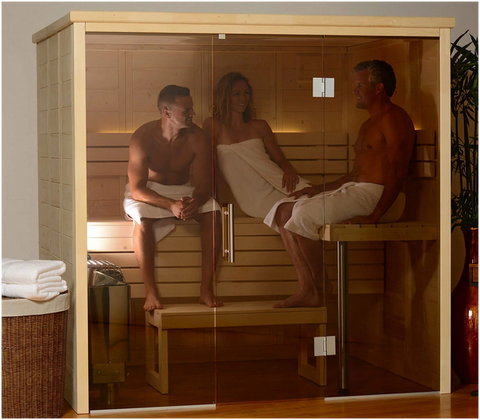
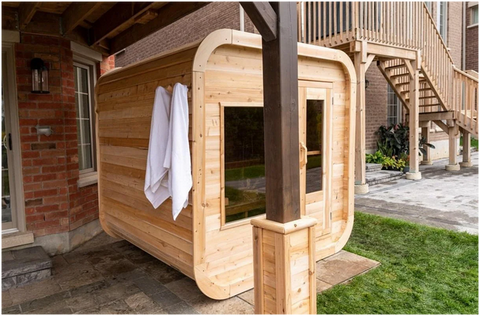
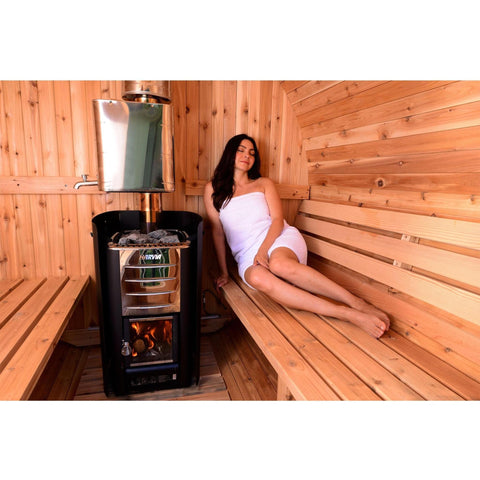
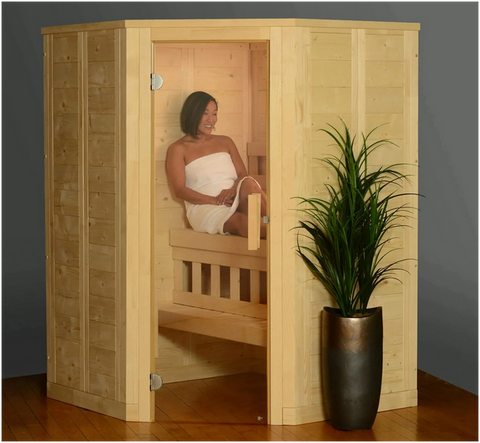
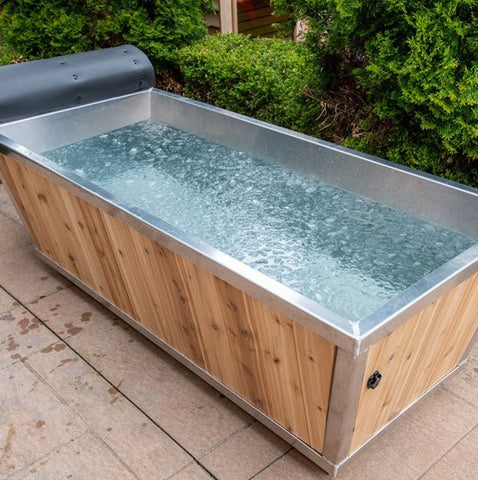


























































































Great article – I love using a sauna after a cold plunge!